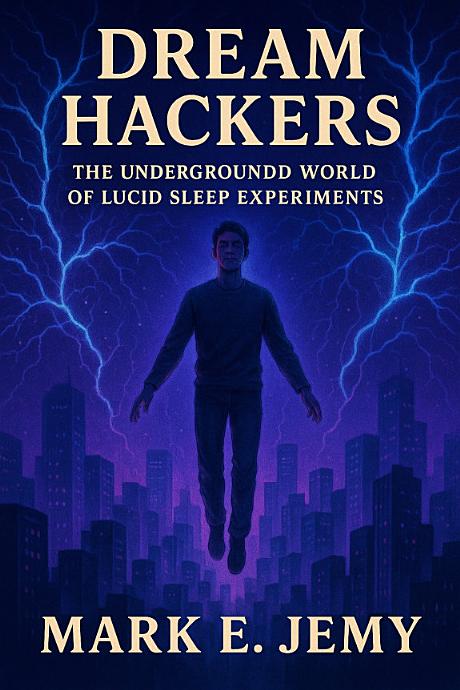Dream Hackers: The Underground World of Lucid Sleep Experiments
Dream Hackers: The Underground World of Lucid Sleep Experiments
Delve into the enigmatic world of lucid dreaming with "Dream Hackers: The Underground World of Lucid Sleep Experiments". This captivating book explores the intersection of consciousness and control, taking readers on a journey through the hidden realms of the mind.
Understanding Lucid Dreaming
Lucid dreaming is more than just a nighttime adventure; it's a conscious experience where the dreamer is aware of dreaming and can potentially influence the dream's narrative. This phenomenon has intrigued scientists, psychologists, and dream enthusiasts alike, sparking numerous studies and experiments.
The Science Behind Lucid Dreams
Lucid dreaming bridges the gap between sleep and wakefulness, offering insights into the subconscious mind. Researchers have utilized EEG and other neurological tools to explore how brain activity differs during these dreams compared to regular dreaming. The findings suggest a unique state of consciousness, ripe for exploration.
The Underground World of Experiments
"Dream Hackers" uncovers a clandestine world where experiments push the boundaries of what we know about dreaming. From controlled environments to self-experimentation, these dream hackers seek to unlock the secrets of the mind, raising ethical and philosophical questions about the nature of reality.
Lucid Dreaming Techniques
- Reality Testing: Regularly questioning your state of consciousness throughout the day to enhance dream awareness.
- Wake Back to Bed (WBTB): A method involving waking up during the night and staying awake briefly before returning to sleep.
- Dream Journals: Keeping a record of dreams to enhance recall and recognize dream patterns.
This work examines the invisible frameworks behind human reasoning — how emotion, perception, and memory form a complex network of ideas that shape our daily behavior. By drawing on modern psychology, the book reveals why we cling to certain patterns of thought and how awareness can shift them.
The result is not just a collection of ideas, but a living dialogue that invites participation, self-inquiry, and perspective.
Ultimately, this book leaves the reader with a sense of clarity and curiosity — a reminder that understanding begins when we dare to question what we think we already know.

